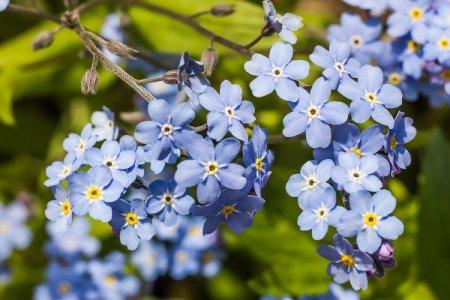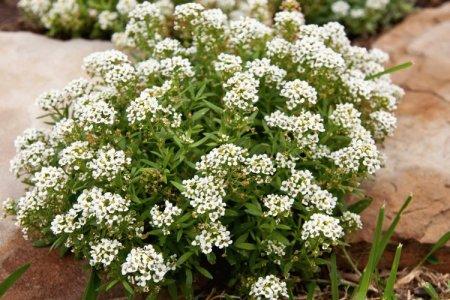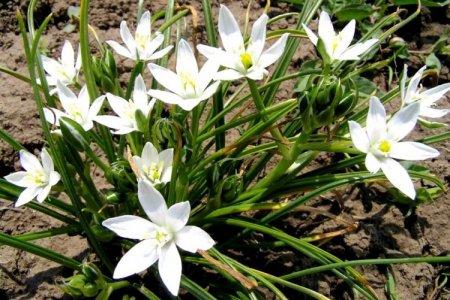
The amazing brugmansia was nicknamed "Angel Trumpets". Why? Just look at what unusual and large flowers she has! By planting such a tree in your garden, you will get a very exotic and self-sufficient composition!
general information
Brugmansia belongs to the nightshade, and now it is officially the only representative of its kind. It is a large tree-like plant from South America with huge bell flowers.
Outdoors, brugmansia can only grow in some areas in the South and the Caucasus. In most cases, it is safely grown in tubs, and even so it grows up to 2 m. But keep in mind that parts of it contain intoxicating substances!
Brugmansia has a complex and powerful root system, which in natural conditions goes several meters deep. Large tubular flowers grow up to 25 cm in length and 15 cm in diameter. They smell strong, and in the evening the aroma intensifies. Flowering lasts in waves from the middle of summer.

Types of brugmansia
With all the diversity of the genus, only a few types of brugmansia are grown in culture. These are usually double-flowered varieties because they are even more decorative.
South American Brugmansia
A sprawling shrub in the wild grows up to 3 m. Naturally, in a tub it will be much smaller, but it will still delight you with large snow-white flowers up to 30 cm in length.

Notable brugmansia
It is a shrub prone to lignification. Under natural conditions, it grows up to 4 m, and the length of the flowers exceeds the fantastic 40 cm. Most often there are yellow and pink varieties.

Golden brugmansia
Its beautiful golden buds can be creamy or pinkish. She has very spectacular drooping branches, which also lignify over time. This is a Colombian species.

Brugmansia care
Brugmansiya is very thermophilic, but this is perhaps its only specific feature. Keep in mind that at temperatures below 5-7 degrees, it will simply die, but this can be avoided when grown in a tub.
Temperature and lighting
In its natural environment, brugmansia hides under the crowns of taller trees, so it prefers partial shade. But keep in mind that light is still needed, otherwise it will not bloom. Comfortable temperature is about 18-25 degrees.

Watering
The southern tree will have to be watered very often, and in the summer, in general, once every 1-2 days. The fact is that such large leaves and flowers take a lot of resources. In addition, in the hot season, spraying is required.

The soil
Brugmansiya feels very comfortable on oily loams, with high humidity. The soil should be nutritious enough, because a tall plant needs a lot of nutrients.

Fertilizers and feeding
Brugmansia must be fed, especially in spring. At this time, the buds are just forming. Fertilizers are applied every 10 days - first with phosphorus, and then with potassium. We recommend using organic or mineral mixtures for flowering shrubs.

Pruning
Brugmansia is cut for sanitary purposes and to preserve decorativeness. This should be done in the spring, but don't get carried away. Pruning too vigorously has a negative effect on the number of buds. For the same reasons, it is not necessary to cut the lateral horizontal shoots.

Wintering
For the winter, brugmansia in a tub is transferred to a room at a temperature of 10-15 degrees. If it grows in the open field, it will have to be transplanted first into a tub. After such a move, she can shed the leaves, but this is not scary - new ones will grow. At temperatures above +13 degrees, spraying and high humidity are still needed.

Planting and breeding brugmansia
To propagate brugmansia by seeds is long and ineffective. It is easier to use cuttings after pruning - 3-4 buds each. It is necessary to cut off the foxes from them and root them first in water, and then in loose light soil. Basically, root formation begins after 2 weeks.
The young stalk should be left in a cool place at 10-15 degrees, and periodically treated with fungicides. Due to the love of moisture, it can still start to rot. Then, before disembarking, the damaged part will have to be removed.
Another way is reproduction by layers from strong last year's branches. On them you need to make cuts, treat with a stimulant, wrap with sphagnum and wrap with foil. Gradually moisten the moss, and after about a month, roots will appear. The stem can be cut off, the leaves removed and transplanted directly into the ground.

Pest and disease control
Of the insects of brugmansia, spider mites and whitefly are most often threatened. There are enough universal fungicides here. In general, the smell of the plant is not very attractive to insects.
The most common disease is fungus and associated rot, because brugmansia constantly requires high humidity. For minor lesions, I use potassium permanganate and crushed coal. If the problem is bigger - professional fungicides.
It is very rare for brugmansia to be infected by viruses. Then the leaves become covered with chaotic spots of various shapes, twist and deform. And the plant as a whole does not grow and degenerates. Alas, then you will have to get rid of it.

Brugmansia - photos
Due to its spectacular appearance, brugmansia is increasingly grown for decorative purposes. And with our photo gallery you can be even more amazed at her exotic beauty!



























